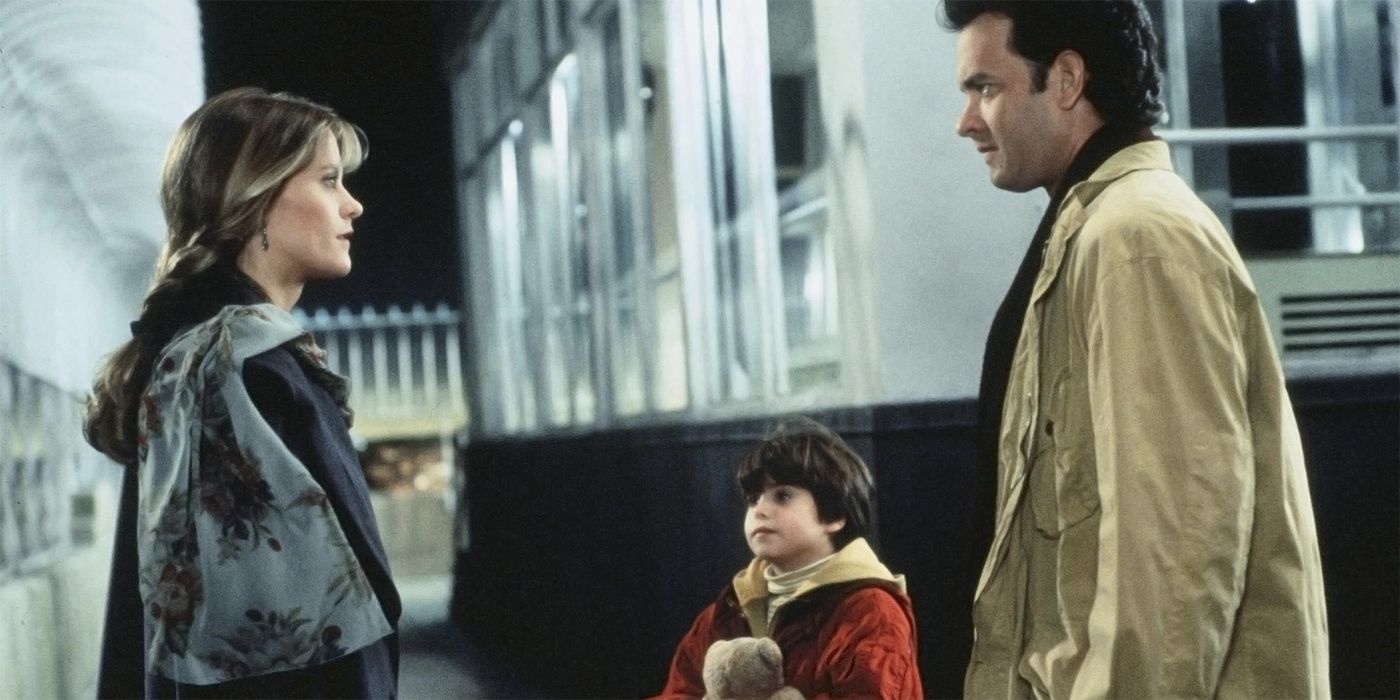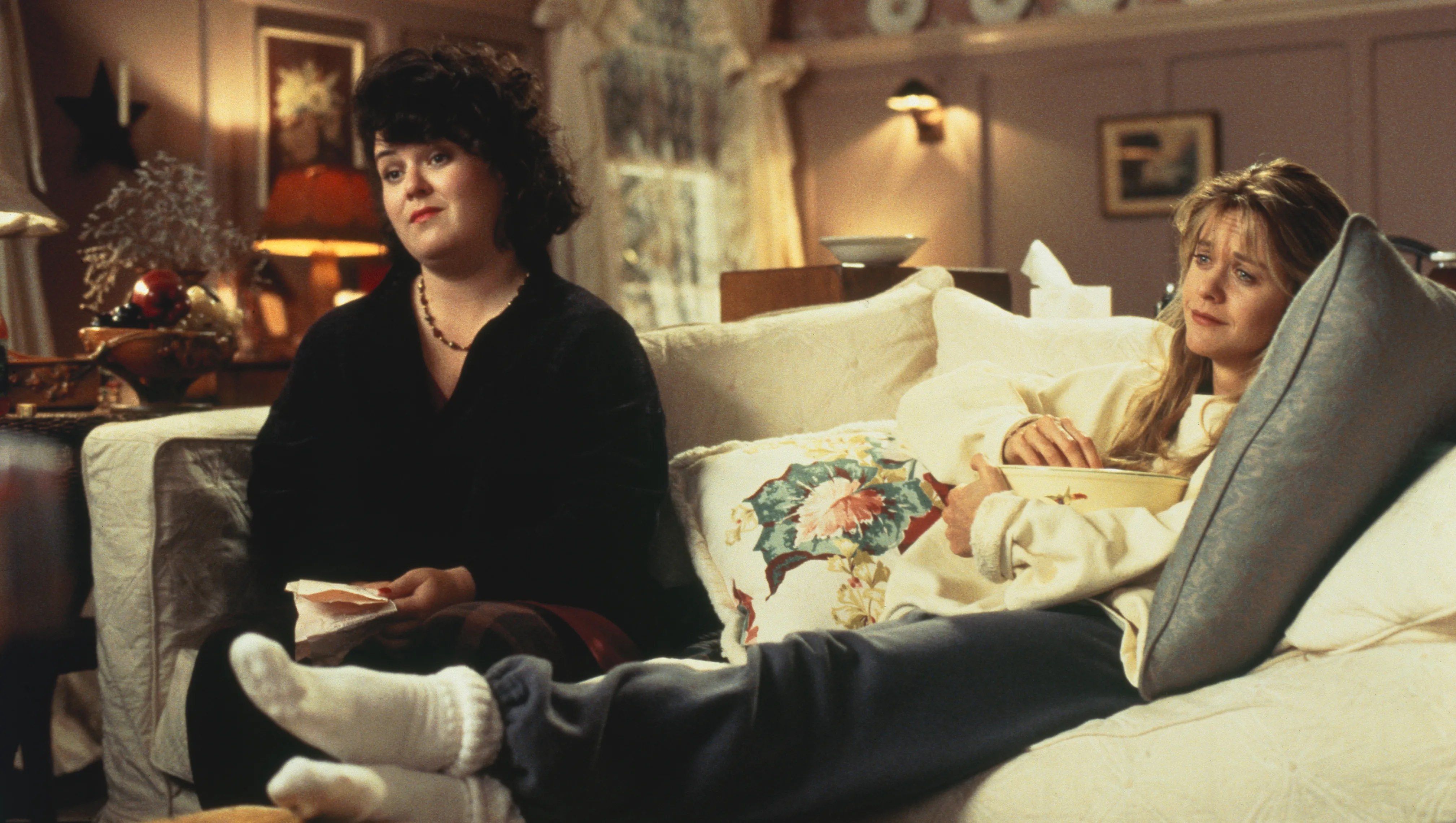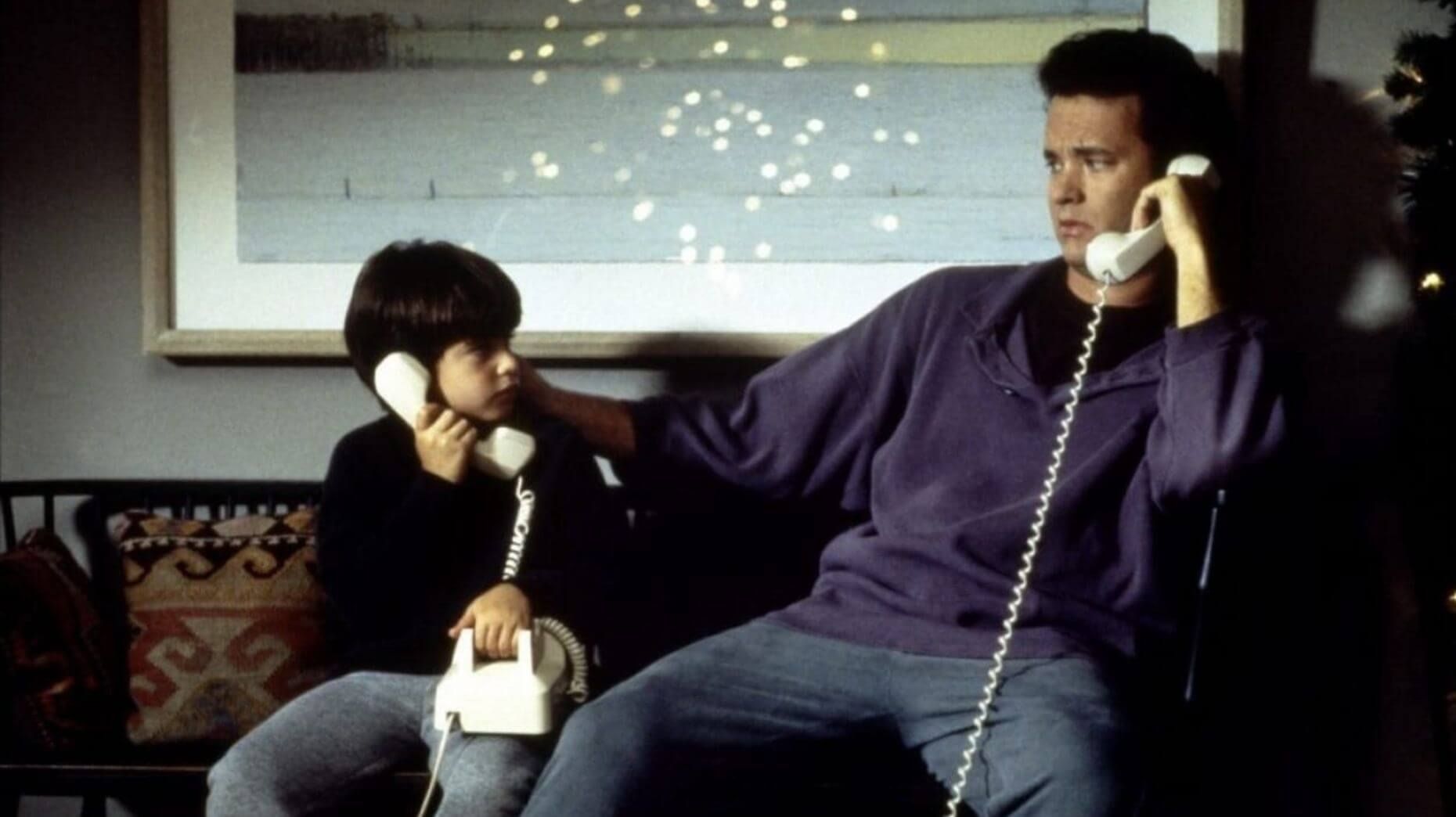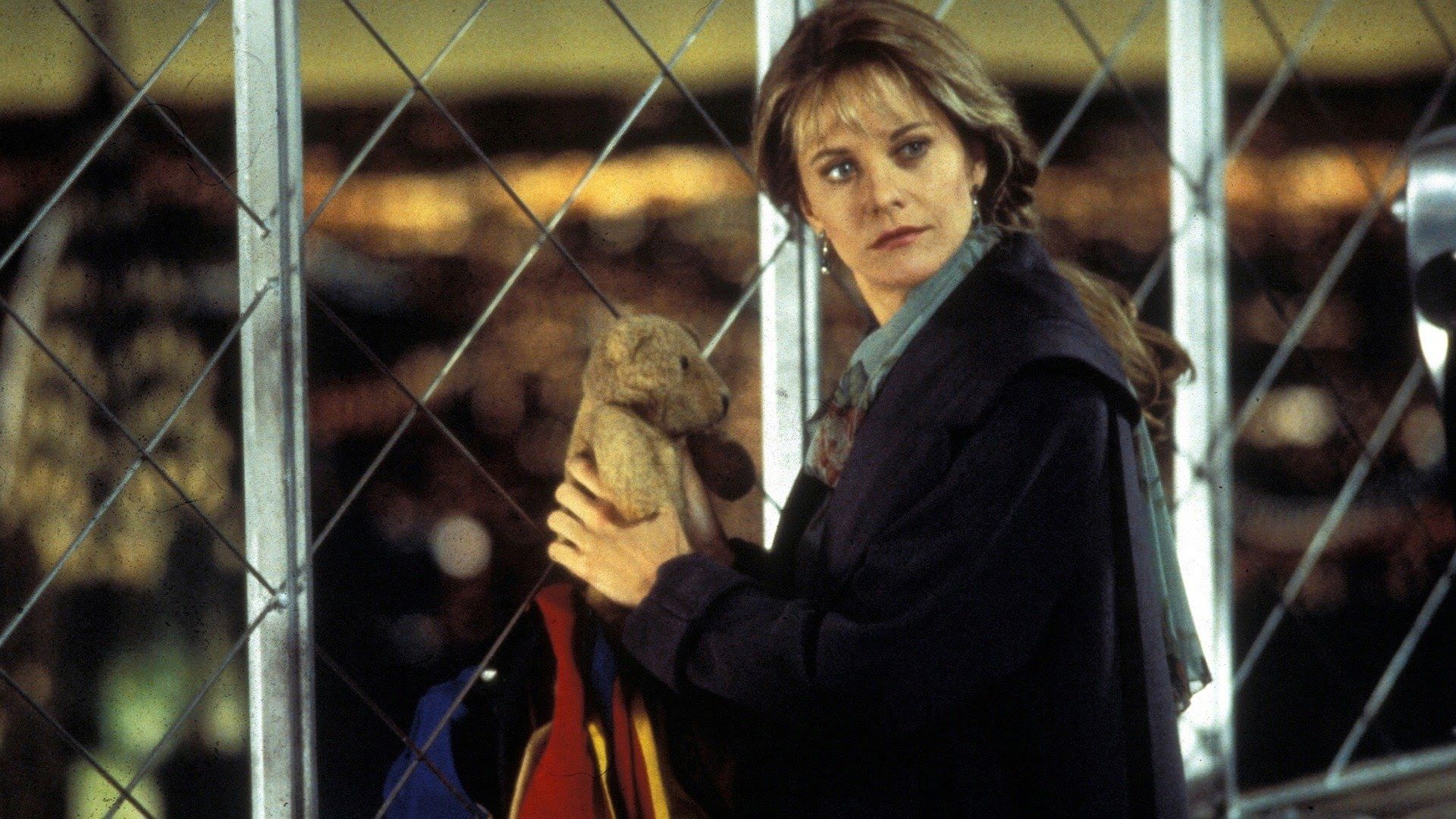The romantic comedy is a genre where many tread, but few master. If anyone has a claim to the throne of rom com god, Nora Ephron may be the one to wear the crown. Starting with writing Rob Reiner's When Harry Met Sally... she began to push the genre into the modern age. Her 1993 film Sleepless in Seattle, may be one of the most innovative. A film where the two leads, played by Tom Hanks and Meg Ryan, share essentially one scene together, is regarded as a classic, and one of the most romantic films ever made. With modern films such as Your Place or Mine struggling to make the same formula work, what made Ephron's effort click? How did a master manage to craft a whirlwind romance with just one scene?
How Does Ephron Deconstruct the Rom-Com Genre?
To start, Ephron situates the film within the genre itself, without being overly "meta" or in your face. Characters often discuss films, particularly the 1957 film An Affair to Remember, starring Cary Grant and Deborah Kerr. The motivations of Meg Ryan's character, Annie, are especially influenced by the movie. She chooses to meet Sam (Tom Hanks) on top of the Empire State Building because of a scene from the film. So while she may be directly disregarding tropes of the genre, she is also making the audience aware of those tropes, and how she is choosing to break them.
Instead of focusing on Sam and Annie's relationship together, she chooses to build up each character separately. Sam deals with the death of his wife, his changed relationship with his young son Jonah (Ross Malinger), and re-entering the dating scene in his newly adopted home of Seattle, while Annie deals with her impending marriage to nebbish nice guy Walter (Bill Pullman), and the back and forth of her obsession with Sam after hearing his story on a radio show. Both characters are being pulled into each other's gravitational pull, through deliberate actions and chance. Instead of a traditional "meet-cute," Ephron makes that the climax rather than the beginning. Yet, this deconstruction never feels counterintuitive. Ephron's steady hand guides us through the entire time.
This deconstruction of the rom-com genre is especially apparent in the character of Annie. In contrast to Sam, her life could not be more stable at the beginning of the film. Engaged to a nice guy, she has a stable family, good job with a good boss. Yet she cannot help but throw that all away for Sam, a man she never sees or meets until the final minutes of the film. This turns into an exercise of absurdity in a way, going as far as hiring a private investigator to stalk Sam, and eventually lying her way into flying out to meet him for her work as a journalist. She is almost entirely motivated by the kind of love you see in the movies, the idea that true love can bring you together against the reality of time and space. It sounds ridiculous, and she acknowledges it as that. Yet even with this premise, you can't help but root for them. Sam falls in love with her unbeknownst to him, actively pursuing other women and putting down her letter as impossible. We see him dismiss the kind of movie romance that guides Annie, instead evoking the more masculine The Dirty Dozen in one of the film's funniest scenes. Sam posits than men simply don't work like women do (Ephron evokes similar ideas in When Harry Met Sally...) Yet when push comes to shove, he has to fall in love with Annie. Who wouldn't? It is a movie after all.
Deconstruction in art can often be used to demean or expose a medium. What makes Sleepless in Seattle work is that it is still proudly a rom-com. It is exposing the inner workings of the genre as a way to push it forward. In a media saturated world, how does the genre itself affect how we see the world, or how we fall in love? Everybody wants to find their Cary Grant, to find the Sally to their Harry. Instead of demeaning this, the film explores how that would work. Can love really be like it is in the movies? Ephron does the masterful move of using deconstruction to push forward a medium she helped establish. Films like Your Place or Mine or Isn't It Romantic owe a lot to Ephron, taking her innovations and using them as gimmicks. This is not to say those films are bad, but that they fail to push the genre in radical directions like Ephron did. It is one thing to point at a construction, it is another to interrogate how that construction works, and what effects it can have in real life.
Ephron, Carpenter, and Craven
Nora Ephron may be one of the most popular auteur filmmakers. People like her, John Carpenter, and Wes Craven took on the arduous task of dragging some of the most "easy" standard genre fare into a place that was interesting and new. Carpenter and Craven with horror, and her with the romantic comedy. People keep coming back to Sleepless in Seattle because it stands out. It is a film that defies the standard formula of a romantic comedy while being one at the same time. That is an incredibly hard line to walk, yet Ephron pulls it off beautifully.
When Sam and Annie finally meet on top of the Empire State Building, you can't help but feel their connection pour through the screen. An ending you knew was coming since Annie first heard Sam on the radio just punches you right in the gut. That is a testament to Ephron's prowess in the genre. She can take it apart, show you how it works, and still put all the pieces back together for one final scene. It's the mark of a true master, and it's what makes Sleepless in Seattle a timeless movie.




